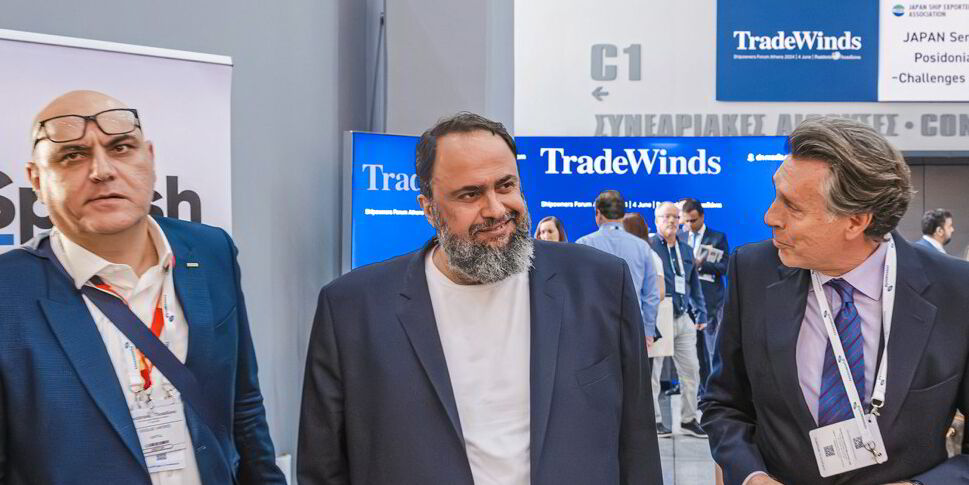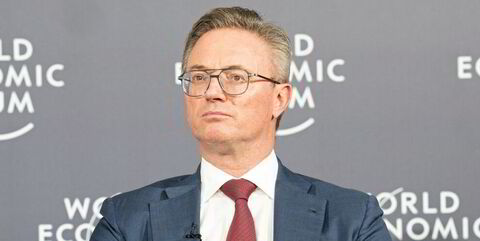Tendering activity indicates a clean ammonia shipping market will take shape in 2027 or 2028, according to the chief executive of New York-listed shipowner Capital Product Partners.
Jerry Kalogiratos, whose company is sitting on an orderbook of 10 ships able to carry ammonia, said that tendering interest could translate into multi-year charters for the right vessels.
The commercial enquiries include tenders to import ammonia to produce power from hydrogen, which can be extracted from the carbon-free molecule. Others involve producing blue ammonia, made from hydrocarbons produced with carbon capture, or green ammonia, made from biological feedstocks or green hydrogen.

“It might be still early for this type of employment, as most of these enquiries are for 2027-2028 onwards as the infrastructure is being built and these tenders mature,” Kalogiratos said in a recent conference call with analysts.
Rebrand and refocus
As it rebrands to Capital Clean Energy Carriers, the Piraeus-based company is refocusing its business on LNG and energy transition gases. It has six LPG-fuelled midsize gas carriers on order in South Korea and China, with deliveries slated between June 2026 and July 2027.
But these ships will not be wedded to the green ammonia play, as they will be ready to carry either LPG or conventional ammonia.
“This is where the value of the optionality comes in with these vessels. We can, of course, trade them in the normal LPG and ammonia market, and we will look at short- to medium-term fixtures as they come closer to delivery,” Kalogiratos said.
“So we are working on two levels really at this point. We are engaging for the long-term the low-carbon trades on the MGCs for low-carbon ammonia. But at the same time, we have very much on our mind that as these vessels deliver, they will be trading the traditional LPG market.”
Capital Product’s orderbook also includes four 22,000-cbm multigas carriers that can carry liquefied CO2.
These vessels can also carry LPG and ammonia, so they also are flexible and can trade in traditional gas carrier markets before carbon markets take off.
“But at the same time, we have been actively engaging with the liquid CO2 market, the emitters and sequestration providers, both in Europe and the Far East,” Kalogiratos said.
“Being the only available vessels of this size in the market gives us a considerable advantage when we are engaging with these players. And at this point, we expect the utilisation of these vessels on the liquid CO2 transportation to start from mid to late 2027 to 2028.”
Read more
- Shipbroker Clarksons sees profit dip from record levels in first six months of 2024
- Booming boxship asset prices lift Capital Product Partners profit
- ‘Key milestones’: Capital Product Partners seals two major shifts in $4bn energy pivot
- Asset players Embiricos and Gianluigi Aponte in secondhand container ship deal
- d’Amico International Shipping profit soars on back of record product tanker market
- All scrubbed up: Scorpio Tankers’ technical czar speaks on future of exhaust devices



